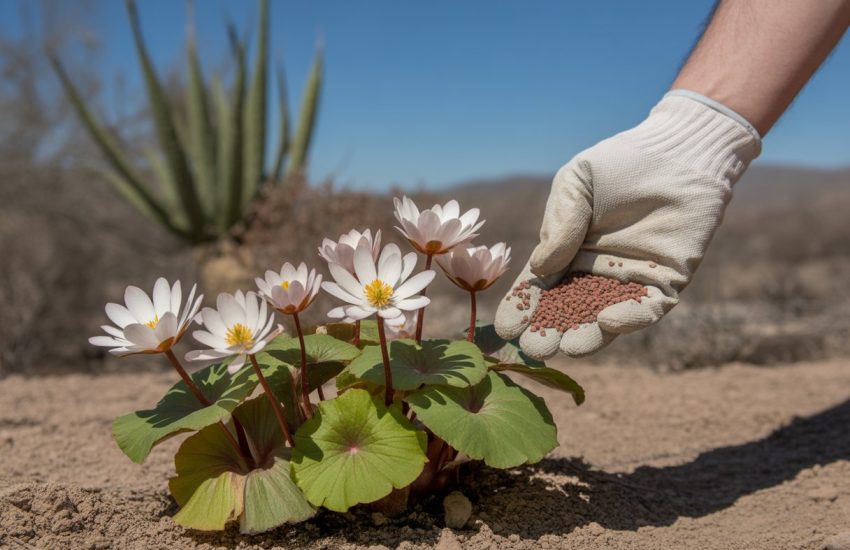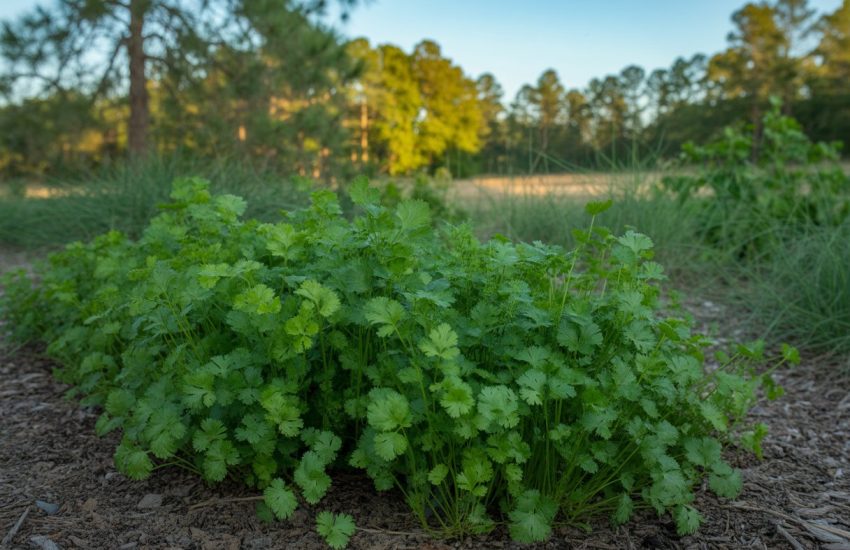Best Soil for Spicebush Growth: Essential Tips for Optimal Plant Health
The best soil for growing spicebush is moist, well-drained, and packed with organic matter. Spicebush likes its soil slightly acidic to neutral, somewhere between 5.5 and 7.0 on the pH scale.
You want the soil to hang onto moisture but never get soggy—spicebush roots hate sitting in water.
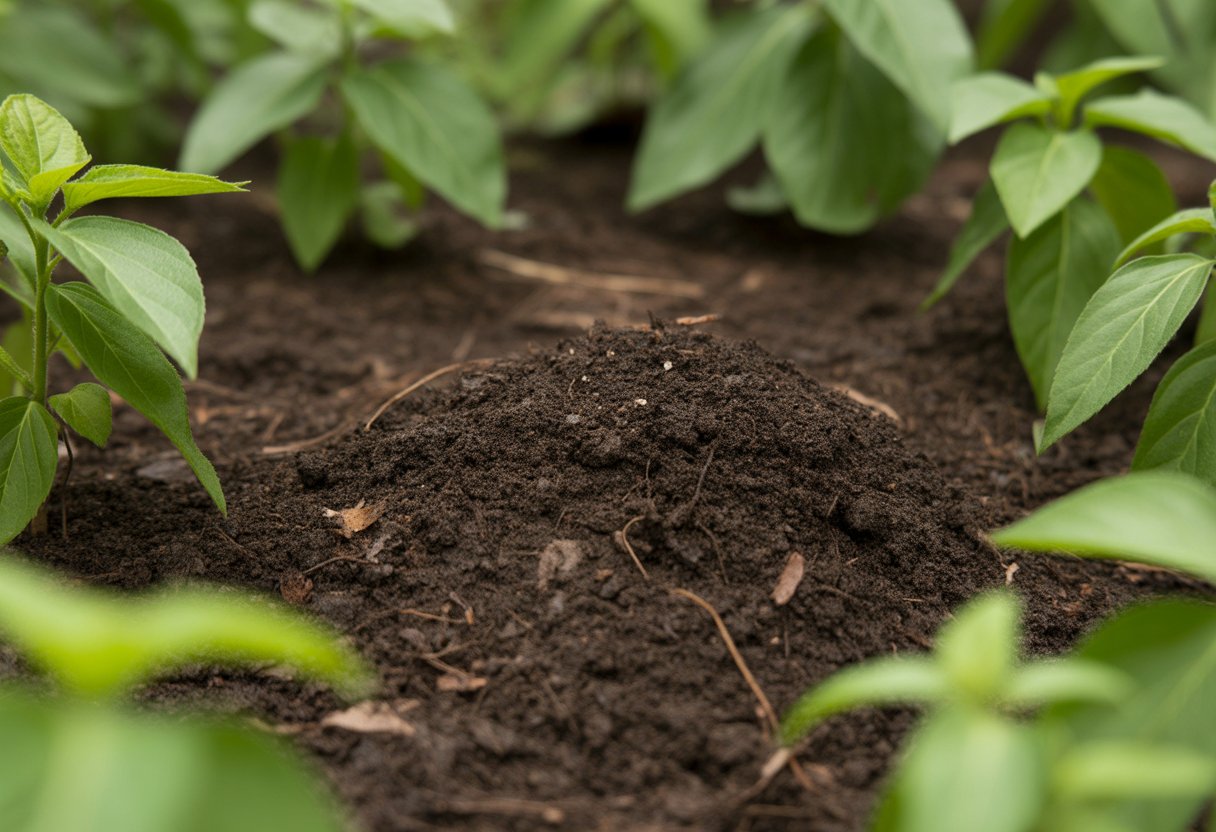
Spicebush does best in soils that feel like its natural woodland home—loamy, with a nice mix of sand, silt, and clay. That combo keeps roots stable, lets air in, and delivers nutrients.
If you’re aiming for lush, healthy spicebush, nailing these soil requirements makes all the difference. Good soil prep really sets the stage for a strong, vibrant plant.
Essential Soil Requirements for Spicebush Growth
Spicebush (Lindera benzoin) really takes off when you get the soil right. Texture, drainage, pH balance, organic matter, and steady moisture—these all play a part.
If you can juggle these factors, you’ll see robust growth and happier plants.
Ideal Soil Texture and Drainage
Spicebush likes well-drained soil that holds onto some moisture but never turns swampy. Loamy soil—basically a blend of sand, silt, and clay—hits the sweet spot.
Too much clay? The roots suffocate and rot. Too sandy? The soil dries out in a flash.
When water can drain but the soil still feels damp, roots can breathe and grow strong. If your soil feels heavy and sticky, toss in some compost or leaf mulch to loosen things up and boost drainage.
Optimal Soil pH Levels
Spicebush roots soak up nutrients best when the pH sits between 5.5 and 7.0. If the soil strays outside this range, the plant struggles to absorb what it needs.
Grab a simple soil pH test before planting. If the numbers are off, add lime to push the pH up or sprinkle sulfur to bring it down—whatever gets you in that sweet spot.
Importance of Organic Matter
Organic matter is a game changer for spicebush. It makes the soil fluffier, richer, and better at holding water.
Mix in a few inches of compost or aged leaf mulch right into the topsoil. The result? Happier roots and stronger growth.
Organic stuff also feeds the good microbes underground, which help the plant take up nutrients. Try mulching around the base with leaves or bark chips to keep soil cool and moist, and you’ll water less often.
Moisture Retention and Consistent Watering
Spicebush needs moist soil, especially when it’s settling in. Stick to a steady watering routine to keep the root zone damp but not soggy.
If the soil dries out, the plant drops leaves and looks sad. Tossing mulch around the base slows down evaporation and keeps things even.
During dry weather, water deeply once or twice a week, but don’t drown it. Check the soil with your finger—if it feels dry a couple inches down, it’s time for a drink.
Environmental Conditions for Healthy Spicebush
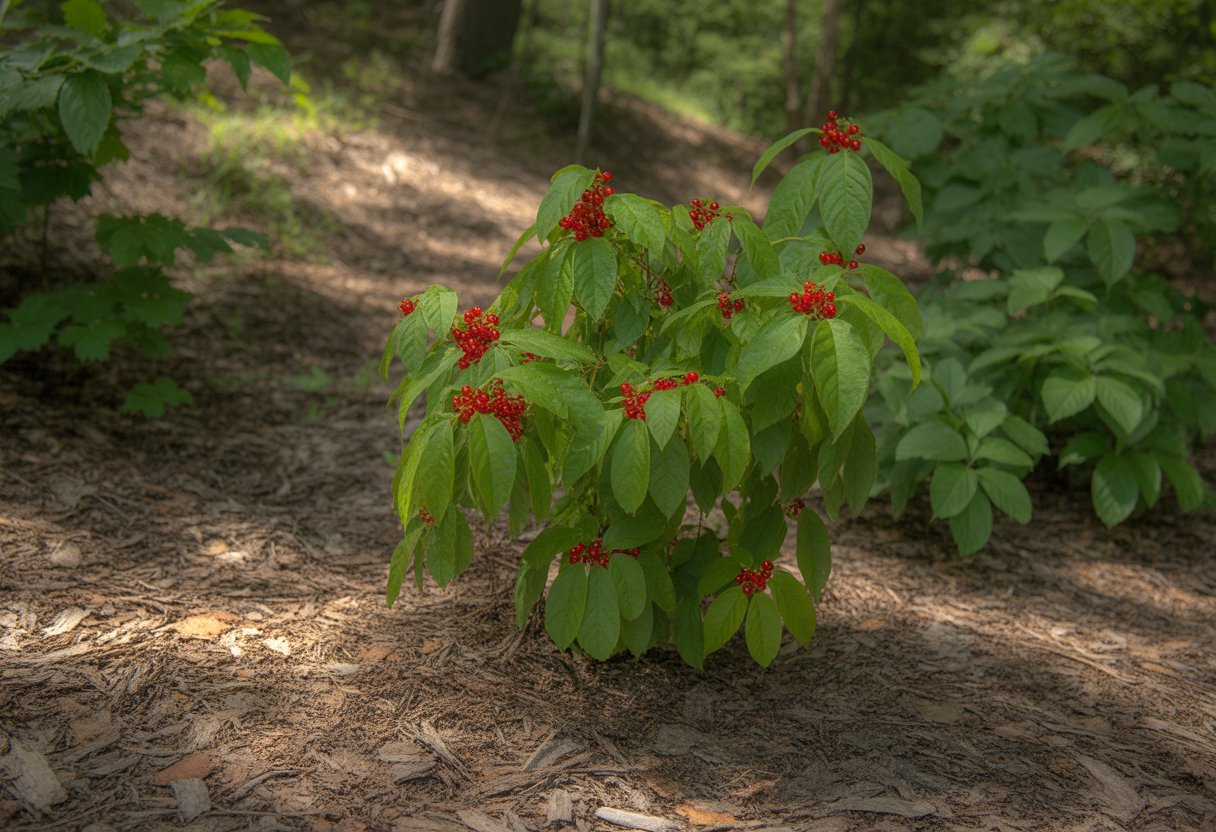
Light, climate, and wildlife—spicebush interacts with all of these. It’s a flexible shrub, but a few details really help it shine.
Sunlight and Partial Shade Preferences
Spicebush feels at home in partial sun or partial shade. Morning sun is great, but by afternoon, it appreciates a break from the heat.
Too much midday sun dries the soil and stresses the plant. On the flip side, deep shade makes it leggy with fewer flowers.
If you can find a spot with dappled light, you’ll get the best foliage and blooms. It’s all about mimicking those woodland edges spicebush loves.
Hardiness Zones and Climate Adaptation
Spicebush handles USDA zones 4 through 9 like a champ. The northern variety even shrugs off colder winters.
It’s a deciduous perennial, so it’ll drop leaves in fall and bounce back every spring. Once it’s settled in, it tolerates a bit of drought, though it prefers steady moisture.
This shrub adapts to both wet and well-drained soils, but it definitely likes some winter chill and a warm summer.
Supporting Pollinators and Native Planting
Spicebush isn’t just pretty—it’s important. It hosts spicebush swallowtail butterfly larvae and draws in bees with its early spring flowers.
Those yellow-green blooms are a lifeline for pollinators just waking up after winter. Planting spicebush supports local wildlife and adds diversity to your yard.
Tuck it into mixed borders or woodland gardens for a natural look. It keeps coming back year after year, making it a solid choice for anyone aiming to help pollinators.
Soil Management and Ongoing Care
Keeping spicebush healthy isn’t rocket science, but it does need some attention. Moisture, mulch, pruning, and pest checks all play a part.
Mulching and Moisture Control
A layer of mulch works wonders for holding moisture and keeping roots cool. Go for organic mulch—shredded leaves, pine needles, or wood chips—spread about 2-3 inches deep.
Water regularly, especially if it hasn’t rained. You want the soil to stay moist but never soggy.
Poke your finger a couple inches into the soil; if it’s dry, time to water. Mulch also keeps weeds down, but don’t pile it right against the stem or you’ll risk rot.
Pruning for Healthy Growth
A little pruning every year keeps spicebush looking neat and healthy. Tackle it in late winter or early spring, before new growth shows up.
Snip off dead or crossing branches with sharp, clean tools. If the center gets crowded, thin it out for better air flow.
Shaping the shrub encourages new shoots and more flowers. Try not to prune too hard after midsummer—let the plant gear up for winter.
Disease Prevention and Common Pests
Spicebush usually shrugs off most diseases, but keep an eye out for leaf spot or powdery mildew if it’s humid. Give the plant breathing room and don’t crowd it.
You might spot spicebush swallowtail caterpillars munching the leaves, but they rarely do real harm. Aphids can show up too, but a little insecticidal soap or some ladybugs will sort them out.
Overwatering is a bigger threat—roots will rot if they sit in soggy soil. Check your mulch for chemicals; stick with natural stuff to keep things safe.
Growth Features and Seasonal Interest
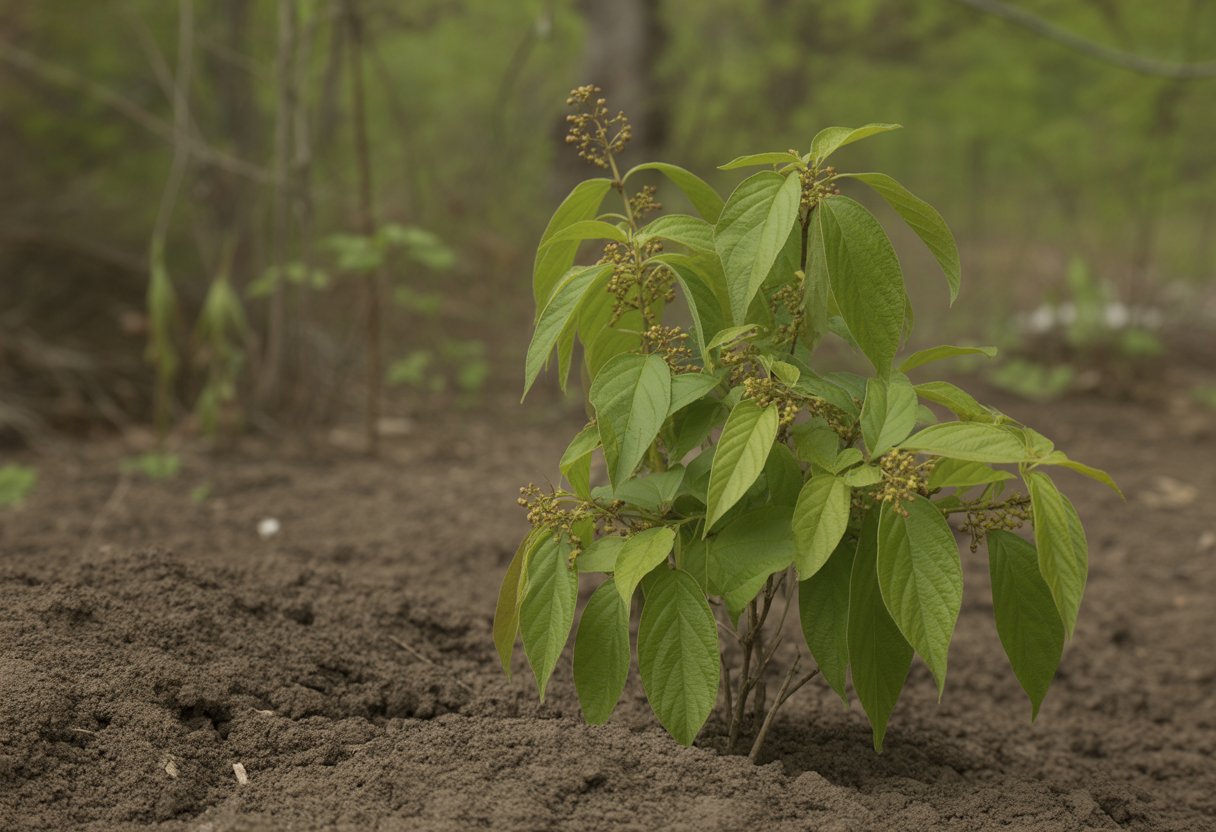
Spicebush stands out year-round. It’s got eye-catching foliage, yellow flowers, and those bold red berries—plus, it brings real value to any landscape.
Foliage and Fall Color
The leaves are oval, glossy, and can stretch 3 to 6 inches long. All spring and summer, they stay lush and green, giving the shrub a full, dense look.
Come fall, spicebush puts on a show—leaves turn bright yellow, lighting up shady corners. That autumn color alone makes it worth planting.
If you crush a leaf, you’ll catch a gentle, spicy scent—reminds me a bit of allspice, its wild cousin.
Yellow Flowers and Spicy Fragrance
Early spring brings clusters of small, yellow flowers along the stems. They pop out before the leaves, kicking off the growing season.
The blooms release a subtle spicy aroma, which is where the name comes from. It’s a nice surprise if you catch it on a breeze.
These flowers aren’t flashy, but they’re an important nectar source for early insects. They quietly support pollinators while giving your garden a seasonal boost.
Fruit and Red Berries
By late summer or early fall, spicebush pops out these bright red berries, each about a quarter inch wide. You’ll usually spot them in clusters, hanging on well into late fall.
These little red fruits give birds and small mammals something to snack on when food gets scarce. If you’re into wildlife gardening, that’s a pretty good reason to let spicebush claim a spot in your yard.
People don’t usually eat the berries, but they do help local wildlife stick around. Plus, those pops of red look fantastic against the shrub’s yellow leaves in autumn.

